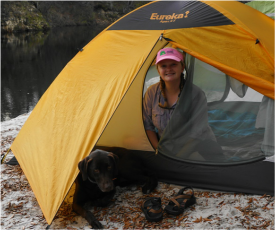 I've found, through some anecdotal evidence, that a hearty breakfast is the fastest way to get sleepy friends out of their tents on a brisk morning. Especially when that morning is during the first cold backpacking trip of the season. It's cold, your body aches, and you are so cozy in your sleeping bag - why on earth would you want to get up for some mediocre instant oatmeal and pack up camp? Just fifteen more minutes... That is, until you smell the fresh sausage cooking. 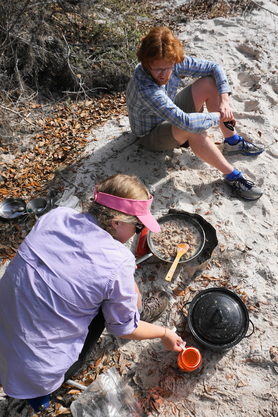 Teaching my brother how to make sausage gravy while backpacking on the Suwannee River (North Florida). Teaching my brother how to make sausage gravy while backpacking on the Suwannee River (North Florida). For short trips, or for the first morning on a longer trip, you can have fresh meat on a backpacking trip. We've discussed this before (see Bistec de Palomillo) and the same principle applies. You can take meat, uncooked, into the backcountry if you:
For our short trips (two-day) we will plan to bring meat for the first dinner if it is a long first day and the first breakfast, to encourage people to wake up cheerfully. For fresh biscuits and gravy, we bring store-bought biscuits from the bakery or make our own the day before the trip. We bring one small log of publix lean breakfast sausage (any brand or tube will do) and freeze it solid in the coldest part of our freezer for at least a week to ensure it is absolutely frozen to the core. When you get on the trail, keep the sausage double zip-top bagged in an insulated soft-cooler. In our part of the world, Central Florida, it will still be slightly frozen by breakfast time! Note: You do not want the meat to warm up prior to cooking. It should still be slightly frozen when you start to cook it. Or in other words, enough of the meat needs to still be frozen enough to keep the meat's temperature out of the "danger zone". Backpacking Biscuits and GravyFeeds six, I recommend trying this prior to getting on the trail and adjust the recipe accordingly to your group so as to avoid bringing too much food. Ingredients:
Directions:
Did you enjoy this recipe? Please consider leaving a comment or sharing the image above on Pinterest or your social media of choice to spread the word. Thank you! Please note: We are not trained chefs or medical professionals. We are not responsible for any illness or other unfortunate event that may occur if you choose to make this meal on a backpacking, or other camping, trip. We have made this meal several times with no ill effect and are sharing our recipe to enrich others' experiences. If you have any questions or comments, please leave them below. My blog post, comments, and responses are never intended as medical advice.
If you're an outdoorsy type of person and live in Florida or Georgia, there's a good chance you've heard of Cumberland Island National Seashore. One of the largest undeveloped barrier islands on the Atlantic Coast, Cumberland Island is an oak covered paradise only 45 minutes off the coast of Georgia via ferry. We've been trying to get to Cumberland Island for probably ten years now? I'm not sure. I had been dreaming of visiting ever since our high school biology teacher assigned a project on coastal ecosystems. I finally got around to editing the photos I took during our trip (in November, yikes!) and let me assure you, it lives up to all of the daydreaming. 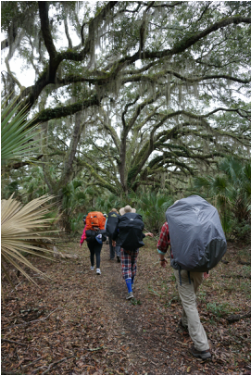 The island is covered in wind-worn oaks, spacious pine stands, salt marshes, and coastal scrub ecosystems. The island's 50-miles of trails are well maintained and campsites are intimate with vegetation cover and primitive benches. You aren't allowed to have campfires in the wilderness camp sites so if your camping experience requires s'mores, stay at the Sea Camp or Stafford Beach campgrounds. You can learn more about the camping arrangements at this website. NOTE: All camping requires a permit and some campsites are first-come first serve. There is non-potable water available in the wilderness area from a sulfur well; so, make sure you bring some Gatorade if you are sensitive to the flavor. We stayed at the Hickory Hill wilderness campsite and had plenty of room for three large tents (4 person) and three small tents (2 person). Hickory Hill is a nice and easy 5.5 mile hike from the ferry drop off so you'll have time to explore once arriving at camp. It rained for most of our trip, but like all Florida hikers we relished in the cooler temperatures and misty ambiance. I'll take drizzly and cool over hot and muggy ANY DAY. The cold weather inspired one of the best backpacking meals of my life thus far ... fresh from scratch Fettuccine Carbonara with peas and bacon. To die for. Recipe post coming soon! If you get the chance, I highly recommend a weekend at Cumberland Island National Seashore. As the second National Park System trip I've done where you must take a ferry, I can personally recommend this style of camping for a relaxing and more secluded wilderness experience close to civilization. Have fun and get outdoors!
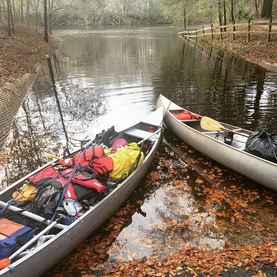 River camping is a fantastic activity that combines the best of car camping with the best of backpacking. It allows you to retreat into a remote area, like when backpacking, but bring some of your favorite creature comforts along, like with car camping. Keep the following tips in mind when planning a river trip and you’ll be happy as a clam. Everything Will Get Wet. Notice, I didn’t say “may get wet!” Consider every piece of gear in your canoe or kayak as an object that will be subjected to splashing, small leaks, and even rain. Prepare as needed, and you’ll be a much happier camper, especially in the winter! To make all your gear water resistant, purchase large drybags and use those to pack everything from clothing to sleeping bags, cooking equipment to the tent, and even firewood. Firewood can be double bagged in durable garbage bags and in most cases, should stay dry. Pro Tip: Bring at least one ‘chemical’ log for each evening fire you plan on having. The chemical logs burn hot enough to help light damp firewood but not hot enough for soaked firewood. Campsites Change Whenever we canoe camp, we prefer to camp on sandbars and other open areas along the edge of the river where it is possible to drag your vessel up onto shore and tie off. Hauling all your gear out of the boats every night to set up camp and back in the morning to pack up gets old, FAST. With that in mind, keep in mind that sandbars are not static things. Sandbars and related camp areas may move, change, be flooded, or even disappear depending on recent river conditions. If canoeing in an area where you can talk to a land manager, call them and ask about camping conditions. There may be established camps, like on the Suwannee River, that you can rely on as a backup plan. If not, keep an eye on the time as you paddle. If it is getting late in the day, settle for the best site you can find with enough time to set up camp before nightfall. Cook Real Food When river camping, especially in cooler weather, you shouldn’t have to resort to dehydrated food. Bring a camp stove, some pots and pans, even a dutch oven, and bring great food to feast on. Remember, this is slightly less convenient than car camping. With a gas stove and a fire, you can make a large variety of food that will keep any camper happy. I recommend some simple recipes to start, but remember to keep all meat colder than 40 degrees:
Nothing makes for grumpy campers faster than being cold, wet, and hungry. Cook real food. Trust us, these recipes are perfect for your hungry friends and family.http://amzn.to/20PBhOf Pro Tip: If you’re of age and interested in happy hour, we always plan light hor d'oeuvres and a cocktail to keep our canoe-mates full and happy while we set up camp and cook. Bring some durable containers that are made of plastic - not glass! The last thing you want in a wet canoe is broken glass. I recommend this metal bottle and this plastic flask; they are great for pre-mixed cocktails or for bringing wine/ingredients. I hope you have a great time canoe camping and enjoy the perks of getting outdoors with a little bit of luxury. If you have any questions, please let me know and I'll be glad to help! Happy camping! Like what you see? In the interest of full disclosure, I may earn a small commission when you purchase items through the links provided here. There is no increase in cost, to you or anyone else, associated with these links. I only recommend products myself or my close friends have used and love.
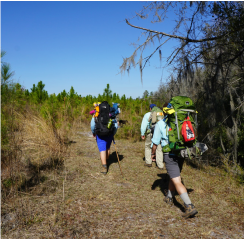 Backpacking along the Suwanee River, 2015 Backpacking along the Suwanee River, 2015
Close your eyes. Imagine your stereotypical backpacking trip. You've hiked all day. If you're in Florida during the summer, you're bug bitten and hot in the face. You're probably near water and you're probably tired. Meal time. What's for dinner?
If a dehydrated, one-pot meal came to mind, you've probably done this before. Now, what if I told you that we can change that? Imagine instead, same scenario, you come into camp eagerly anticipating from-scratch linguine alfredo carbonara and cocktail hour with sliced salami and location-themed cocktails. All of a sudden, eating dinner goes from a chore to an activity among friends. 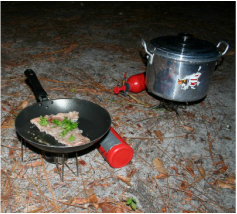 Cooking one of our first Bistec de Palomilla steaks in 2005 Cooking one of our first Bistec de Palomilla steaks in 2005
We gave up the dehydrated style of backpacking in 2005. I took a backpacking class during my time at UF mostly for kicks but also because I needed a one-credit class to round out my semester enrollment. Every student had to plan a two-night backpacking trek for at least three friends. Additionally, there were three percentage points of extra-credit on the table for the backpacking trip which planned and executed the best menu. Challenge accepted!
By this time, I had been on more backpacking trips than I could count and hiked Philmont Scout Ranch twice (100+ mile treks). Feeling that we should take things up a notch to keep it interesting, we decided to remake one of our favorite meals - Bistec de Palomilla with yellow rice. The recipe, a great first foray into fresh food while backpacking, is at the end of this article.
To make real food while camping, there are a few things you need to do and know.
Carnevale's Backcountry Bistec de Palomilla
Ingredients: (serves four)
Recipe:
When you get to camp, fire up your camp stove or a campfire to cook your rice and then, 'cook' the steaks. Remember, the meat is cooked already, all you have to do is heat it up! You'll want to cook each steak for a few minutes over high heat; until it is texturally like a steak cooked to medium. Try not to overcook it, err on the side of medium-rare as opposed to medium-well; these acid-soaked thin sirloins will turn to shoe leather if over-done! When the steaks are done, remove them and throw your probably thawed yellow rice in the pan with the steak juices. Heat until warm throughout and dish out to your hungry campers!
Keeping the meat safe, while un-refrigerated, is a top priority but always a gamble. This recipe keeps the meat as cold as possible for as long as possible and as a contingency plan, soaks the meat in a high-acid environment. This high-acid environment essentially "cooks" the meat while providing inhospitable conditions for food-borne pathogens; the same process which is at work in any ceviche dish.
Please note: We are not trained chefs or medical professionals. We are not responsible for any illness or other unfortunate event that may occur if you choose to make this meal on a backpacking, or other camping, trip. We have made this meal several times with no ill effect and are sharing our recipe to enrich others' experiences. If you have any questions or comments, please leave them below. My blog post, comments, and responses are never intended as medical advice.
Our MSR Dragonfly stove was purchased over ten years ago with no compensation for my opinion. However, in the interest of full disclosure, I may earn a small commission if you purchase items through the link provided here. There is no increase in cost, to you or anyone else, associated with these links. 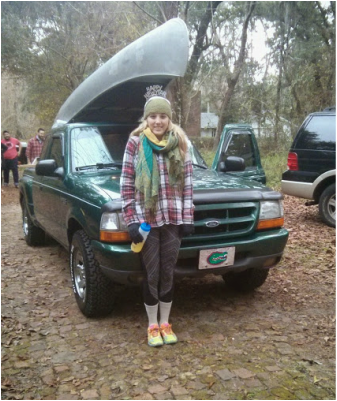 Our awesome friend Kaitlin, visiting from CA, ready to go paddling! Our awesome friend Kaitlin, visiting from CA, ready to go paddling! Happy Canoe Year! This year, we've made a New Year's resolution to go camping at least 12 times, but not necessarily once a month. This past weekend, we started to work on that commitment with a Happy Canoe Year Camping Extravaganza. Over three days, we canoed approximately 40 miles on the Suwanee River in North Central Florida. The weather was a bit dreary but cool and bug-less; a scenario camping enthusiasts in Florida dream of. We put in just south of US 41 in White Springs and pulled out at Suwannee River State Park. The river was high, but not particularly quick and the epitome of serene. Most of the boat ramps were closed to canoes and other vessels due to 'dangerous conditions' but I don't really understand their reasoning. Now, I'd like to say, I am not one to go against park rangers' advice any time I feel like they're wrong. For this trip, I made an exception as the Water Management District and the River Camp Hosts all said the conditions were perfect for everyone but those new to canoeing and we are definitely not new to wonderful world of canoe camping! The river level at White Springs was 59.3 ft above sea level, according to the Water Management District's gauge. 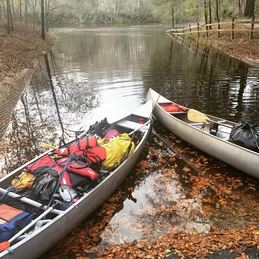 The river camps are a lot nicer than I was expecting but we hadn't planned on staying in one the first night. We were hoping to find a pleasant spot along on a sand bank for the night. That was not in the cards, so we found ourselves at the Woods Ferry River Camp. We reserved a platform site the week prior, just in case, but preferred the primitive side of the camp area. Unfortunately, I didn't manage to get any photos of the established River Camps. The second night, we found a glorious sand bank to camp on. The only thing that could have improved the night was a starry sky and North Florida was decidedly cloudy that evening. A campfire on the sand, great friends to laugh with, and delicious food to eat. It was an excellent trip that I hope we'll repeat soon. Does this trip sound like one you'd like to take? There are some things you should keep in mind if you are new to this section of Florida, river camping, or camping on Water Management District property.
"Tortuga, Jack?" - Mr. Gibbs "Yes, general rule: it's never not a good idea to sail to Tortuga." - Captain Jack Sparrow While the Tortuga mentioned by Captain Jack Sparrow and these Tortugas are undoubtedly different, it's a fitting quote for this southern gem. It took my family and I about 5 years to make it to Fort Jefferson, but we finally went. When you're at Fort Jefferson, you are truly isolated and it is gorgeous. I am so glad I had the chance to see this historic landmark in person; photos truly do not do it justice. Thinking about taking a trip to our southernmost National Park? Read on for some of my take-aways from the trip. 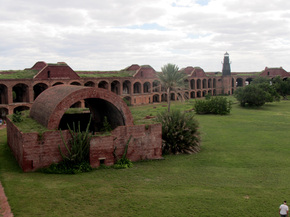 Fort Jefferson at Dry Tortugas National Park is a gorgeous piece of our tumultuous naval history. First designed to be the biggest and baddest of all the Union Forts, Fort Jefferson ran into problem after problem after problem. From building a faulty rain catchment system to malaria outbreaks and prison escapes, construction was neither quick nor easy. While rich in history, the Dry Tortugas are poor in resources. Outside of fantastic views and unlimited seafood, there isn't much to work with. Rain is the only source of fresh drinking water and the weather is consistent with what you would expect of hot, subtropical islands. Add to that the common Union uniform of the times, a wool suit with long sleeves and pants, and you've got yourself a pretty uncomfortable situation. Getting to Fort Jefferson requires a little bit of pre-planning because it is located 70 miles west of Key West, FL; it is not an easy place to venture! Most people travel to the National Park via high-speed ferries operated by a vendor contracted by the National Park Service for $170 per adult but you can also take a personal vessel or a sea plane charter. You'll want to arrive in Key West the night before because you need to check in for the ferry at 7:00AM for a 7:30 departure. I recommend checking the major events happening in Key West prior to scheduling your adventure ... or else you may accidentally book your family trip the final weekend of Fantasy Fest. It was a life experience for sure, but wow. That's all I have to say about that. 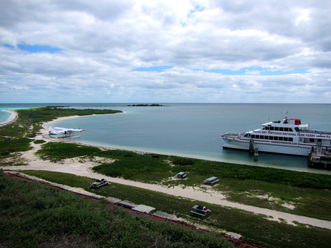 For the modern visitor, the ferry quickly transports you to the island and includes breakfast, lunch, bathrooms, drinking water, and snorkeling equipment because you still can't get any of those items on the island. The National Park Service has done a fabulous job at preserving Fort Jefferson's remote nature. If you're a visitor, keep this in mind and enjoy the solitude. There is no cell service, no concession operators, extremely little electricity (reserved for park staff only), and no wi-fi. Enjoy it. Things to know:
Unlike most of our National Parks, you really can see most of the Fort in the two - three hours you'll have on the island. However, if you want to snorkel or explore the islands other natural attractions you may want to stay overnight. Primitive camping is permitted on the Dry Tortugas but as mentioned previously, you must bring everything with you. This includes water, firewood or cooking supplies, and food. While there are some fire rings and primitive restrooms, read: semi-permanent porta-johns, the rest of the experience is completely primitive. 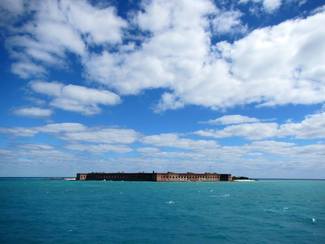 Personally, I can't wait to return for a two-night camping excursion. Visiting for a few hours provided just enough history and scenery to make a primitive camping trip on a National Park island sound perfect to me. If you are interested in seeing some unique Americana, a gorgeous island, and the Florida Keys then I highly recommend taking the ferry out to Dry Tortugas National park for the day. If you're the adventurous type - go camping and let me know how it is. I would love to hear what you thought of the experience. Like what you read? Share the image below!
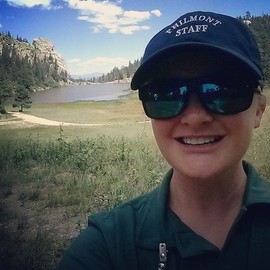 I've just returned from my trip to Philmont Scout Ranch as a Visiting Forester and the experience was fantastic. I am so glad I decided to go back to a place I love and teach the scouts about fire ecology, forestry, and the complexity of forest ecosystems. Located in northeast New Mexico, Philmont is a magical place for scouts to experience near-wilderness and learn the true meaning of "team" as they embark on twelve day backpacking treks of 50 miles or more. The Scouts must carry all their food (four days worth at a time) and supplies, including water and shelter. In addition, theymust work together to set up camp, ensure bear safety procedures are followed, cook meals, and navigate. While there are two or more adult leaders present, they are strongly encouraged to let the scouts do all the work, make mistakes, and work through the mistakes to ensure the crew arrives at each camp safely. Philmont is a life-changing experience that I was lucky enough to take part in twice as a scout; in 2004 and 2006. 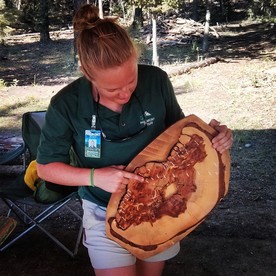 I was one of many Visiting Foresters this summer and taught approximately 800 scouts and advisers about the forested ecosystem they were hiking through, a ponderosa pine/mixed conifer forest. The main forest issue we discussed was the overly-dense forest conditions due to the loss of its natural fire rotation. The exclusion of fire from this fire-dependent ecosystem was mainly due to agricultural needs (grazing livestock) of the late 1800's and fire suppression of the early to mid 1900's.
I recommend this opportunity to any practicing forester who is interested in giving back to the youth, the land, and/or the scouts. You'll teach scouts, advisers, Philmont staff, and more while staying in the back country for a week. You might even help a youth or college student learn about the great industry of natural resources management or in my case, the cooperative Extension service.
Additionally, if you are a company, consultant, or other forest-product industry professional interested in helping Philmont thin, please feel free to contact me and I'll help get you in contact with the forest managers out there. Interested in the details of this program including our education topics and conservation efforts? Click "Read More" in the bottom right-hand corner. I'm preparing for my week at Philmont Scout Ranch this week and having been out of the backcountry for at least a year, realized I needed a lot of new gear. I'm not hiking a trek like most visiting Philmont this summer, but I will be at in the backcountry for seven nights. 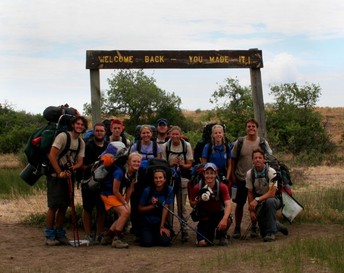 Group photo on my last day on the trail, 2006. Group photo on my last day on the trail, 2006. I haven't packed into mountain terrain in almost six years and completely forgot how quickly the temperatures will drop when the sun drops below the mountains. Thankfully, a colleague volunteered with the same program a few weeks ago and reminded me how used to the warm weather we are in Florida. Let's just say, I am not prepared for the 40F nights I'll see in New Mexico. Items that needed replacing included:
When I return from the trip, I'll review the products purchased as well as summarize the trip and what I learned from it. I am beyond thrilled to return to Philmont Scout Ranch. The fact that I can go back to one of the most beautiful places I've ever visited and teach? I cannot express in words how thankful I am. |
The
|
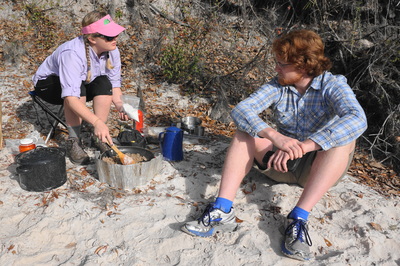
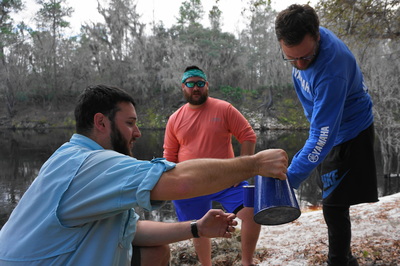


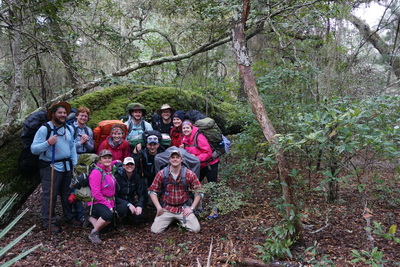
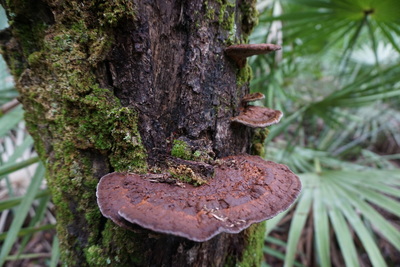
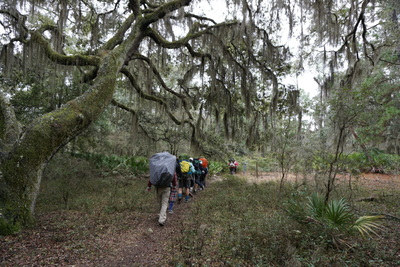
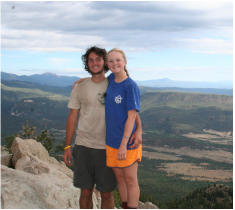
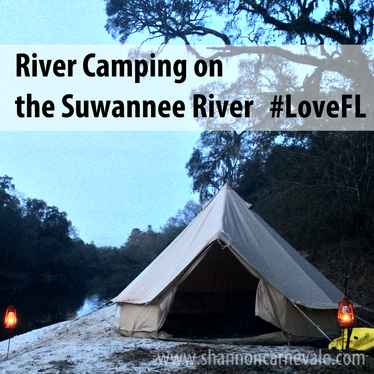
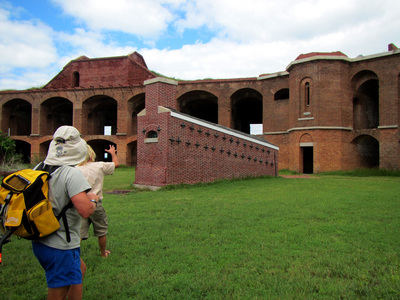
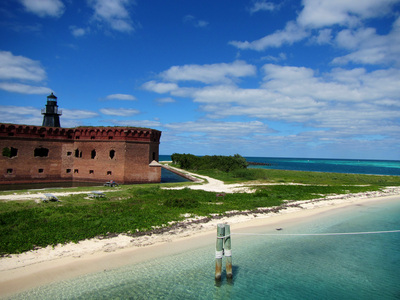
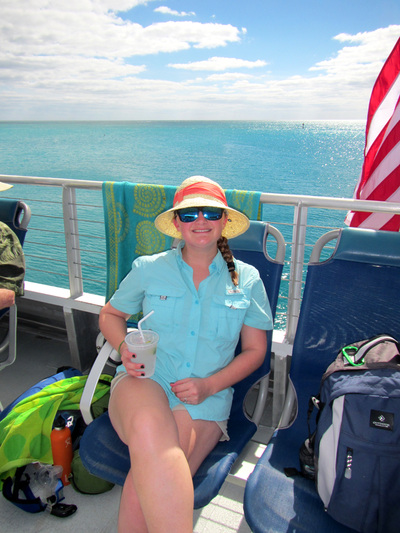
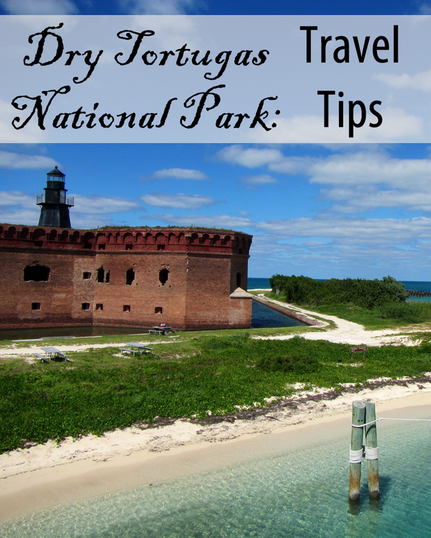
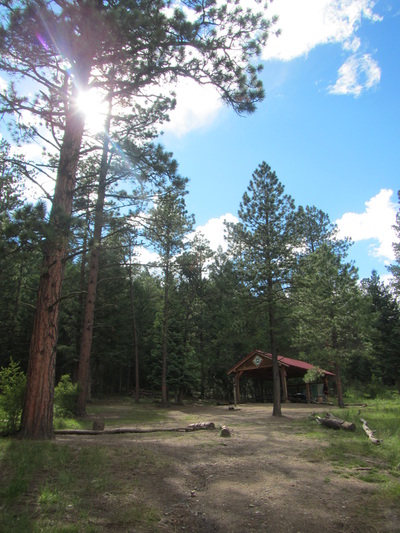
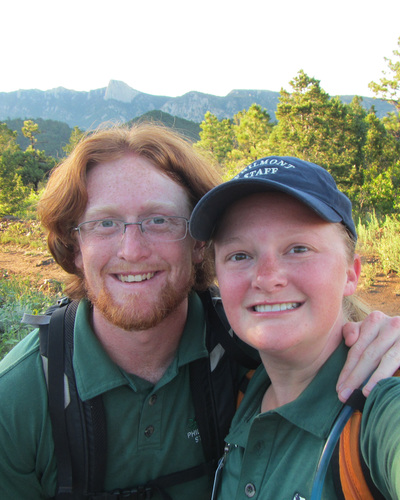

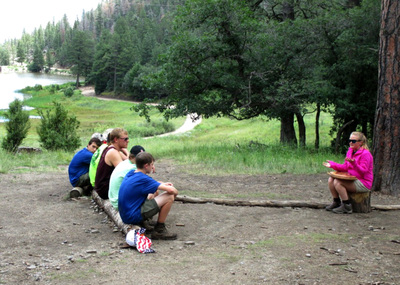

 RSS Feed
RSS Feed
